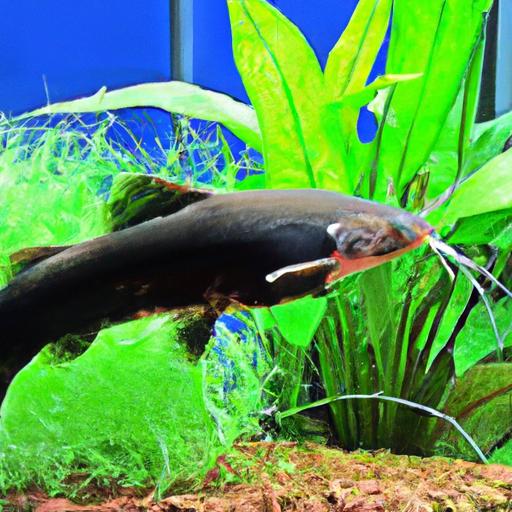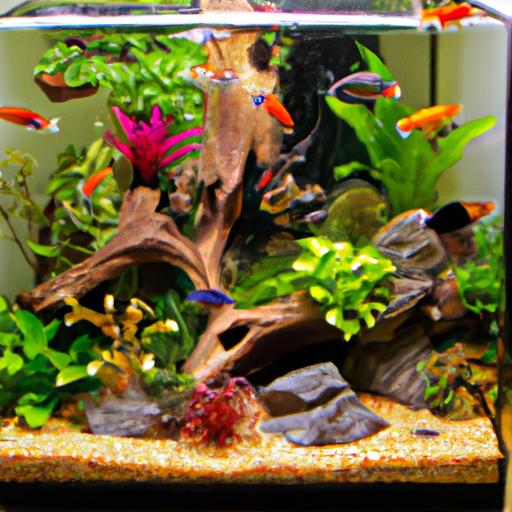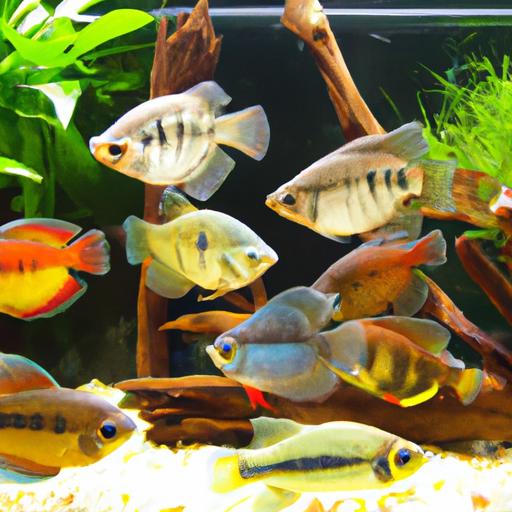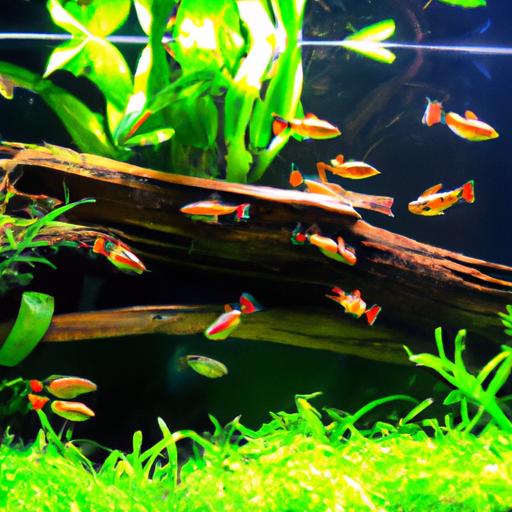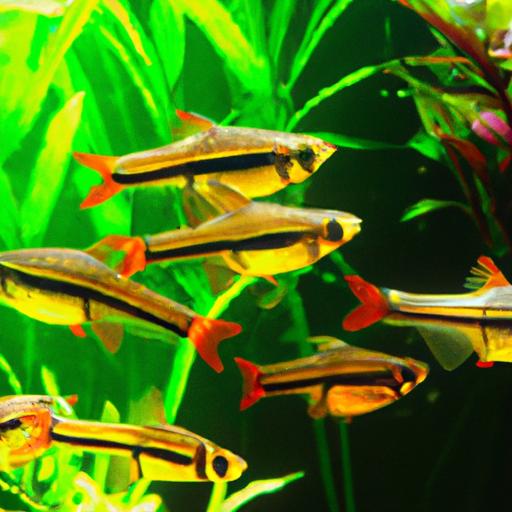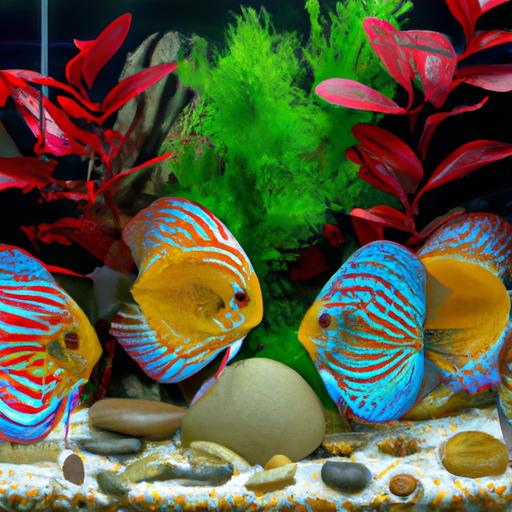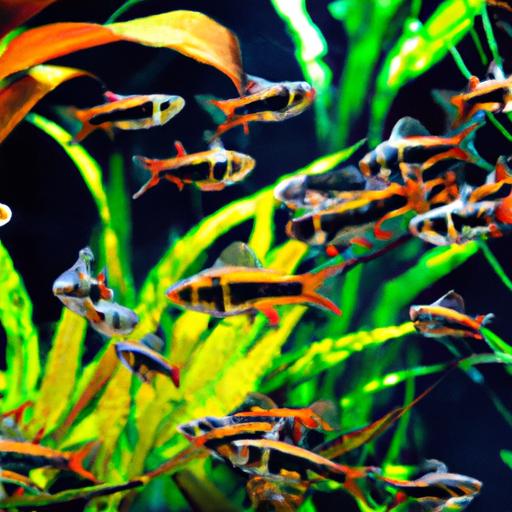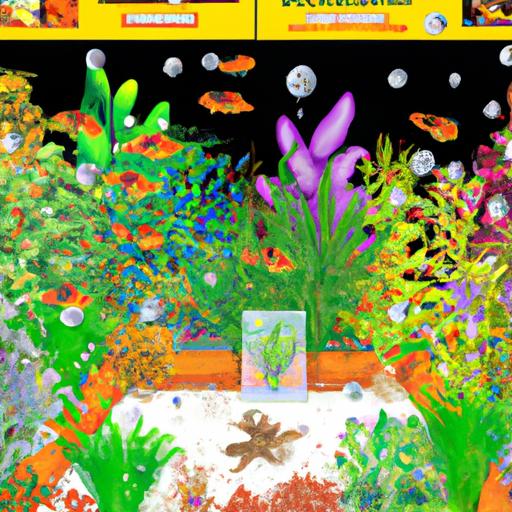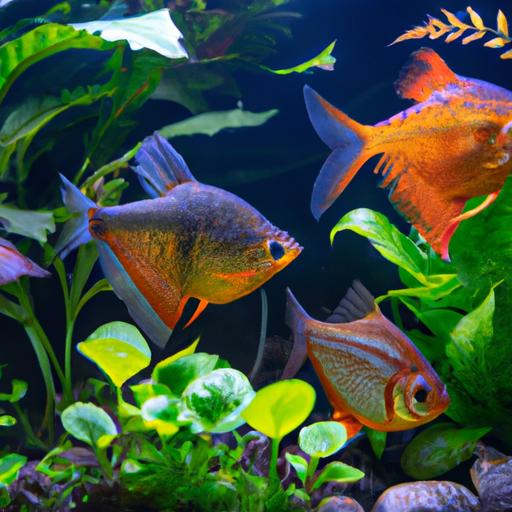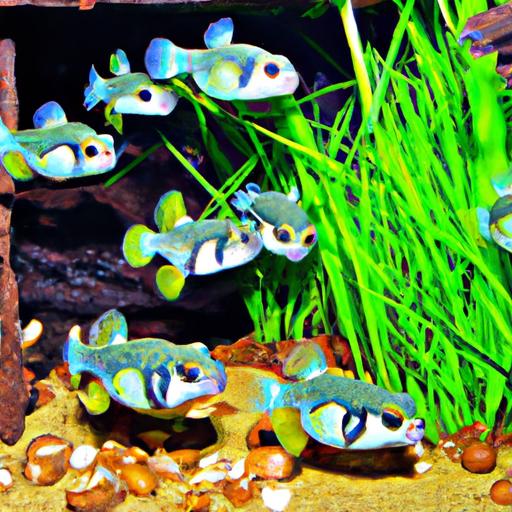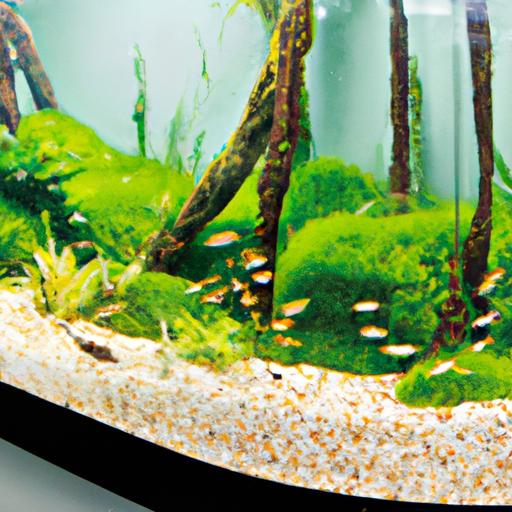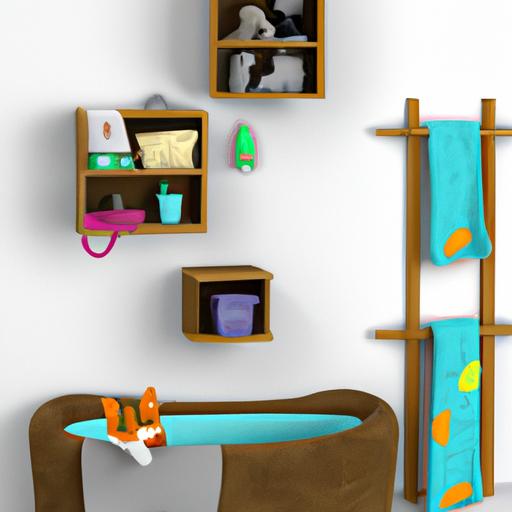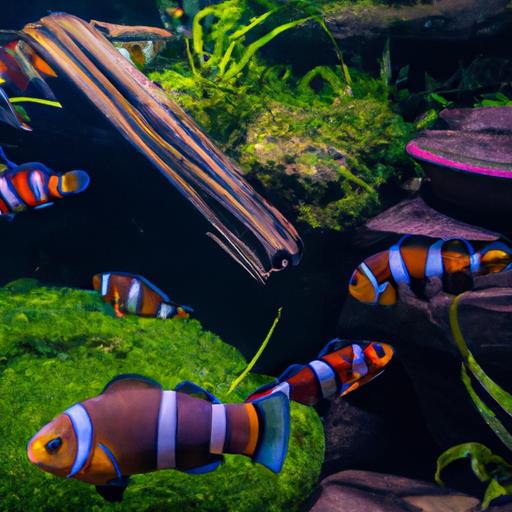
Tips for Successful Clown Loach Care
Discover essential tips for successful clown loach care. Learn about tank setup, feeding, disease prevention, and behavior enrichment.
Introduction
Are you a proud owner of clown loaches? These vibrant and playful fish can bring so much joy to your aquarium. However, proper care is essential to ensure their well-being and longevity. In this article, we will provide you with valuable tips and insights on how to successfully care for your clown loaches. By following these guidelines, you can create a thriving environment for these delightful creatures.
Tips for Successful Clown Loach Care
A. Tank Setup and Environment
To provide your clown loaches with the best possible habitat, consider the following aspects of tank setup and environment.
-
Ideal Tank Size and Dimensions: Clown loaches are active swimmers and require ample space. A tank size of at least 75 gallons is recommended to accommodate their playful nature.
-
Water Parameters and Quality: Maintain stable water parameters with a pH level between 6.5 and 7.5 and a temperature range of 75-86°F (24-30°C). Regularly monitor ammonia, nitrite, and nitrate levels to ensure optimal water quality.
-
Suitable Tank Mates: Clown loaches are social fish and thrive in groups. Consider adding companions such as peaceful tetras, catfish, or other non-aggressive species that can tolerate the loaches’ playful behavior.
-
Providing Hiding Spots and Caves: Create a natural environment by incorporating plenty of hiding spots, caves, and driftwood. Clown loaches love to explore and seek shelter, so these additions will make them feel secure and reduce stress.
B. Feeding and Nutrition
Proper nutrition is vital for the overall health and vitality of your clown loaches. Follow these feeding tips to ensure their dietary needs are met.
-
Clown Loach Dietary Requirements: Clown loaches are omnivorous and require a varied diet. Provide them with a mix of high-quality pellets, flakes, and frozen or live foods such as bloodworms, brine shrimp, and daphnia.
-
Types of Food to Offer: Offer a combination of both dry and live foods to mimic their natural feeding behavior. This variety will keep them engaged and provide essential nutrients.
-
Feeding Frequency and Portion Sizes: Feed your clown loaches 2-3 times a day, offering an amount they can consume within 2-3 minutes. Avoid overfeeding, as it can lead to health issues and poor water quality.
-
Avoiding Overfeeding and Providing Variety: Monitor your clown loaches’ eating habits and adjust the feeding routine accordingly. Introduce occasional fasting days to prevent overeating and improve digestion.
C. Disease Prevention and Maintenance
Keeping your clown loaches healthy involves proactive disease prevention and regular maintenance. Follow these guidelines to prevent common health issues.
-
Importance of Quarantine: Before introducing new fish to your tank, quarantine them to prevent the spread of diseases. This practice will help protect your existing clown loaches and maintain a healthy environment.
-
Regular Water Changes and Filtration: Perform regular water changes of 25-30% every 1-2 weeks to maintain optimal water quality. Invest in a quality filtration system suitable for your tank size to remove toxins and debris.
-
Temperature Control and Monitoring: Clown loaches prefer slightly warmer water. Use a reliable heater and a thermometer to maintain a consistent temperature within their preferred range.
-
Identifying and Treating Common Diseases: Familiarize yourself with common clown loach diseases such as ich, fin rot, and velvet. Learn to recognize early signs of illness and promptly seek appropriate treatment from a qualified aquatic veterinarian.
D. Behavior and Enrichment
Understanding the behavior of clown loaches and providing enrichment activities can greatly improve their overall well-being. Consider the following tips:
-
Understanding Clown Loach Behavior: Clown loaches are social and enjoy the company of their own kind. Aim to keep them in groups of at least five individuals to promote their natural behavior and reduce stress.
-
Providing Suitable Tank Decorations: Create a stimulating environment by adding ornaments, plants, and rocks. These decorations will not only enhance the aesthetics of your tank but also provide hiding spots and territories for your loaches.
-
Promoting Social Interactions and Group Dynamics: Observe your clown loaches’ behavior and ensure they have enough space to swim and interact. Regularly rearrange the tank decor to stimulate their exploration instincts.
-
Regular Observation and Enrichment Activities: Spend time observing your clown loaches’ behavior and interactions. Engage them with occasional floating toys, food puzzles, or gentle water currents to keep them mentally stimulated.
FAQ (Frequently Asked Questions)
A. What is the lifespan of clown loaches?
Clown loaches have an average lifespan of 10-15 years, but with proper care, they can live even longer.
B. How many clown loaches should be kept together?
Clown loaches are social fish and should be kept in groups of at least five individuals. This helps maintain their group dynamics and reduces stress.
C. Can clown loaches be kept in a community tank?
Yes, clown loaches can be kept in a well-planned community tank with peaceful tank mates. Ensure the tank size is sufficient to accommodate all the fish comfortably.
D. How do I identify and treat common clown loach diseases?
Look out for signs like white spots, torn fins, or abnormal behavior. If you suspect a disease, consult an aquatic veterinarian for proper diagnosis and treatment options.
E. Are clown loaches suitable for beginners?
Clown loaches require a bit more care and attention compared to some other fish species. They are best suited for intermediate to advanced aquarists who can provide the necessary conditions and meet their specific needs.
Conclusion
By following these valuable tips for successful clown loach care, you can create an ideal environment for your vibrant aquatic companions. Providing a suitable tank setup, offering a varied diet, preventing diseases, and promoting their natural behavior will ensure the well-being and longevity of your clown loaches. Remember, a happy and healthy clown loach will bring endless joy and fascination to your aquarium.
